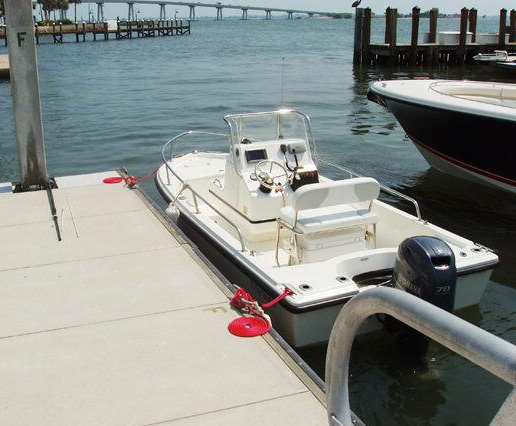How to Dock Any Boat
We’ve all heard the cardinal rule of docking a boat—Never approach the slip or pier faster than you’re willing to hit it. It’s sound advice that should be heeded. At some point during a day on the water, we’re going to need to pull up to a dock at a restaurant or to get fuel, so knowing how to maneuver the boat into the proper position is a necessity. Yes, it can be stressful, especially when we’re dealing with wind and current, so we’re going to provide the knowledge any captain needs to dock his boat.
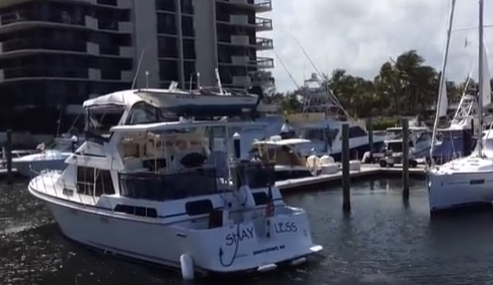
Plan Ahead. Before approaching a dock, have a plan in mind and communicate it to the crew. Be specific with what is expected from deck hands. If there is 3’ (.9 m) between the boat and the deck they need to say there is 3’ (.9 m), not “C’mon back.” Also, know the conditions working with and against the boat.
Bump and Run. Use bursts of throttle, not constant pressure, to maneuver the boat. A burst varies from boat to boat, but basically it’s enough to move the vessel where the captain wants it to go without adding too much forward or reverse motion. This lets the captain maneuver without building up too much momentum that can quickly get out of control. Think of approaching a slip or dock as coasting with bursts of throttle needed to maintain course heading
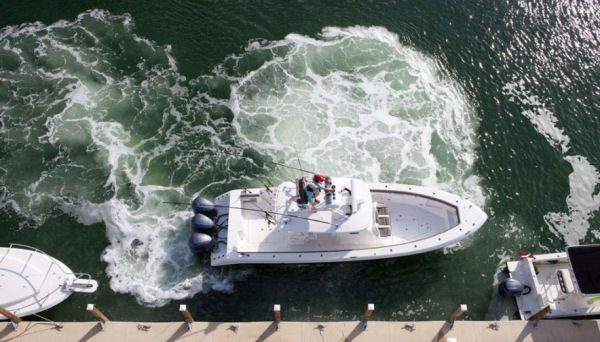
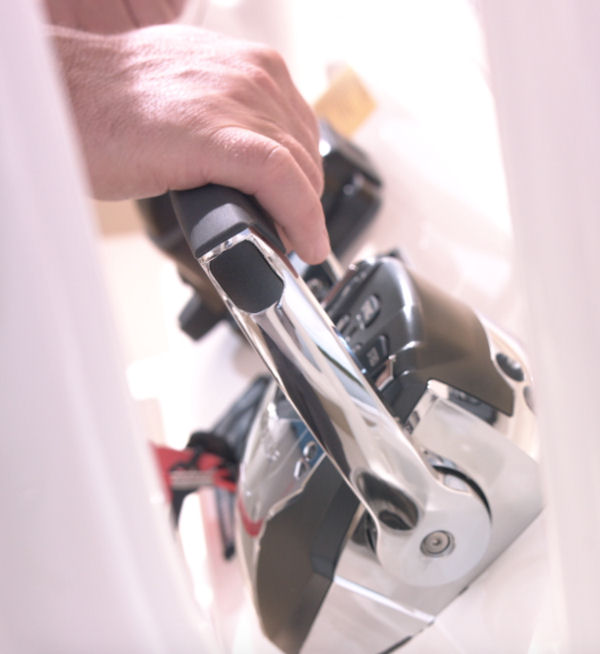
Power Play. Conversely, there are times when more power is going to be required. A captain needs to overcome momentum, wind and current and if he doesn’t take command of the situation with authority, at least one of these other factors will take over.
Keep a Low Profile. If the wind is blowing, reducing a boat’s windage can help ease docking stress. A raised bimini top or an Isenglass enclosure can act like a sail and upset the docking process. On a sailboat, a sail lazily left unfurled can have the same effect. Show as little boat to the wind as possible.
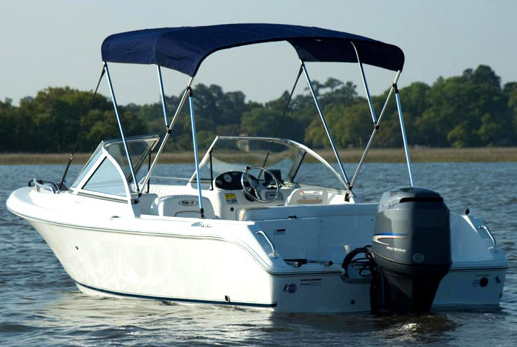
Embrace Prop Torque. A propeller induces a sideways force in addition to forward and reverse thrust. Since most single-engine boats have a right-hand propeller, we’ll focus on this application. Right-hand means that the prop revolves clockwise when the engine is in forward gear. This means that the boat is easier to steer in the direction of the propeller’s rotation. The torque from a right-hand prop kicks the transom to starboard in forward gear and to port when in reverse. Understanding this is powerful. If the steering wheel is centered, the boat is going to respond the same way every time. Knowing this lets a captain better plan an attempted docking.
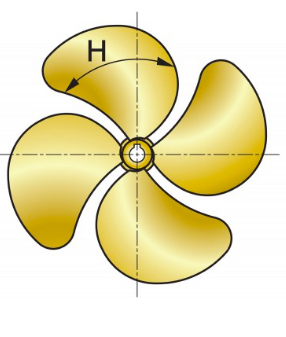
Don’t Touch. With multiple engines, most of the work is done with the shift and throttle levers. Leave the wheel centered and use the engines’ torque to maneuver the boat. For a lesson go down to a busy charter fishing dock at the end of the day. Watch the captains or mates as they back into a slip just using the shift controls.
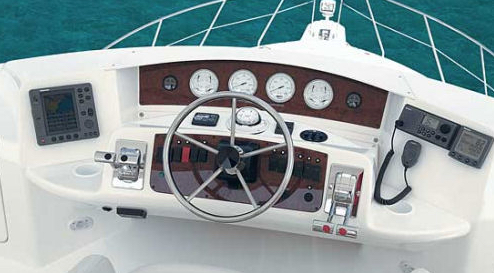
Pulling in Straight. Let’s look at a single-engine boat pulling into slip bow-first. There are boats on each side, so the maneuver needs to be completed without hitting them. Most often we see a captain come in and apply reverse. Immediately the transom kicks to port and hits the boat on that side. As the transom moves to port, the bow swings to starboard, hitting the boat on that side.
To counter that kick when the drive is engaged, before shifting, a captain of a stern drive or outboard-powered boat needs to turn the steering wheel just slightly opposite of the direction the transom wants to kick. Then apply that burst of throttle and the kick is countered. With a single inboard, it’s a little tougher because thrust needs to be deflected by the rudder. For inboard captains, the fix is to cut the wheel over to the direction opposite the kick and apply a forward burst of throttle.
Current Events. Learn to use wind and current as docking aids. Wind blowing against a boat and keeping it off a dock requires a steep approach angle. This cuts the wind resistance and lets the boat’s momentum to carry her in closer to the dock without having to bump the engine in gear. Be ready with lines because that wind will also try to blow the boat off the dock when the captain swings in the stern. When the wind is pushing the boat against the dock, use a shallow angle and set up a couple feet off the desired landing spot. Have fenders in place and let the wind ease the boat into position.
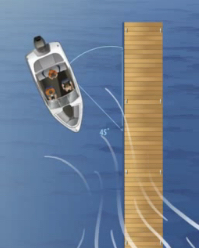
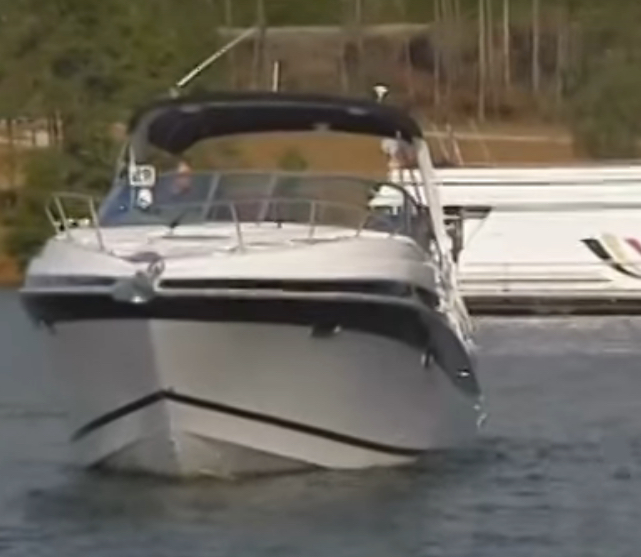

Precision Placement. Learn to place fenders where they will do the most good. An experienced captain can judge where the boat will kiss a piling or how to orient the fenders so they don’t get caught under the pier or swing freely above it.
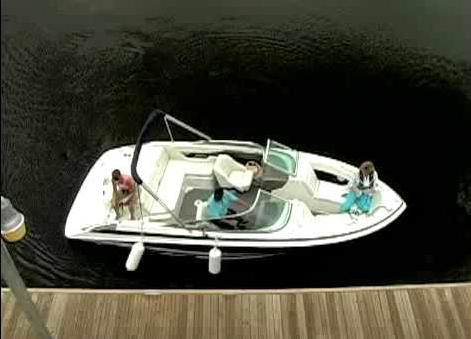
Second Chance. Don’t be afraid to abort. This is especially important for sailboats, single-screw inboards, and other boats with a limited ability to maneuver. If the approach isn't going well don’t try to force the issue. Instead, circle back for another try.
Home Safe. Wait until all the lines are secure to shut down the motors. Many people who don’t know how to dock a boat make the mistake of shutting down as soon as the boat is in the slip, but a crewmember could drop a dockline, or miss when trying to lasso a piling. Keep the power on in case last-minute maneuvers are required. Shut down after the lines are secure.
